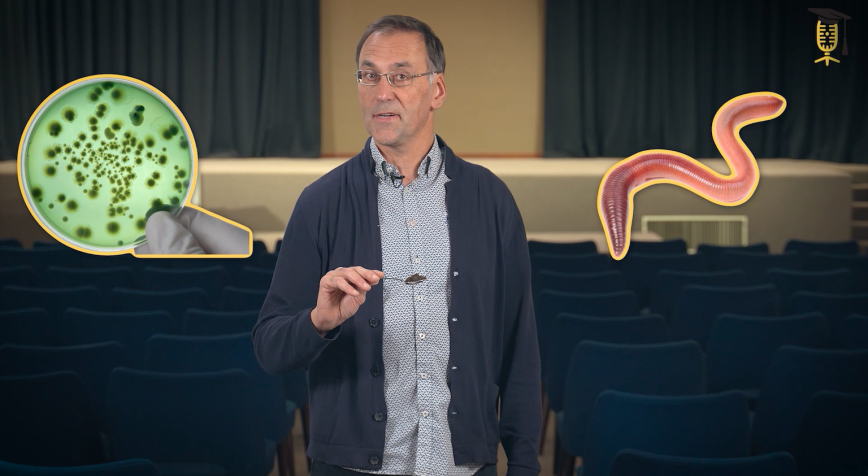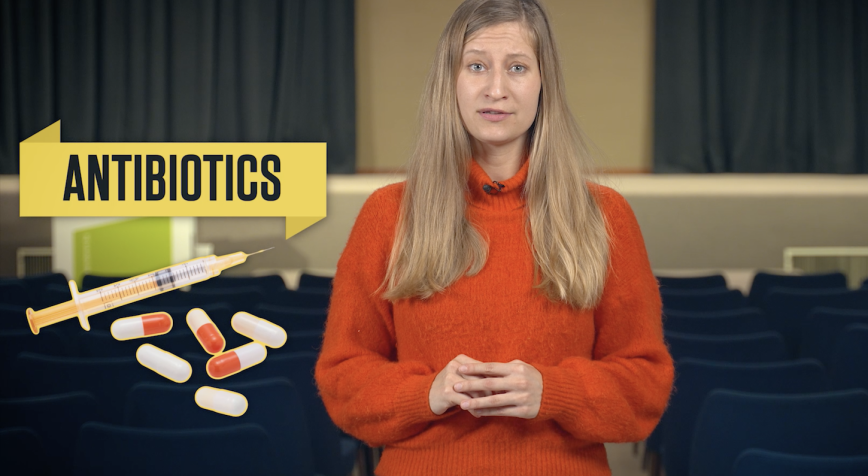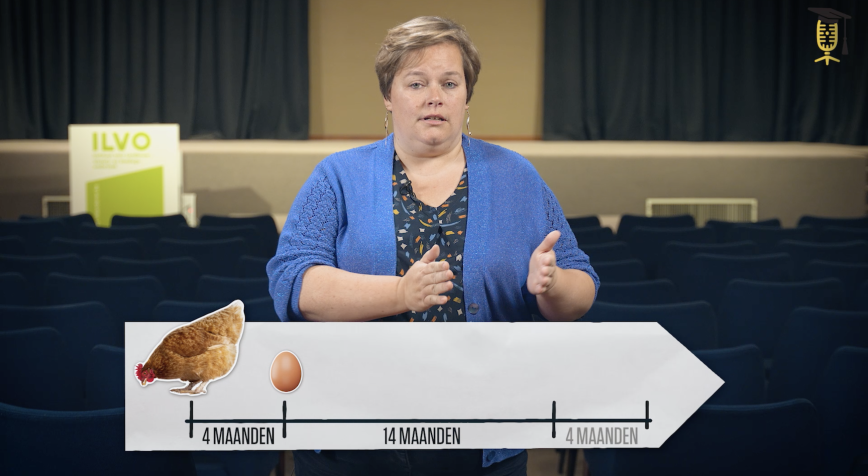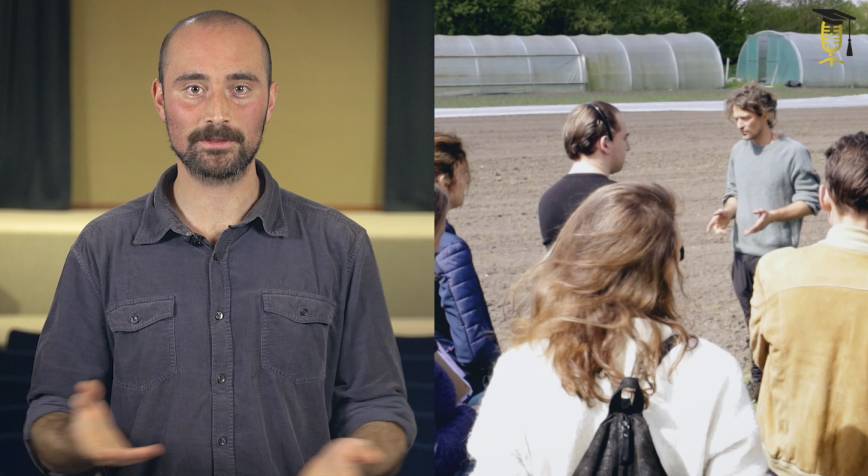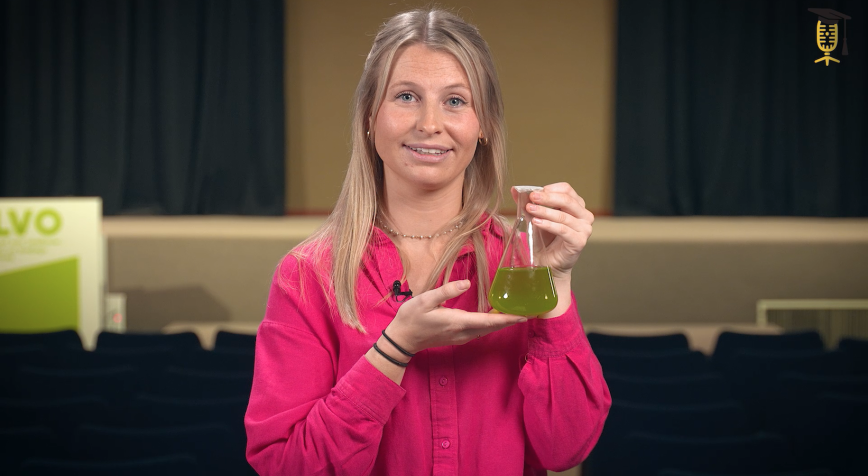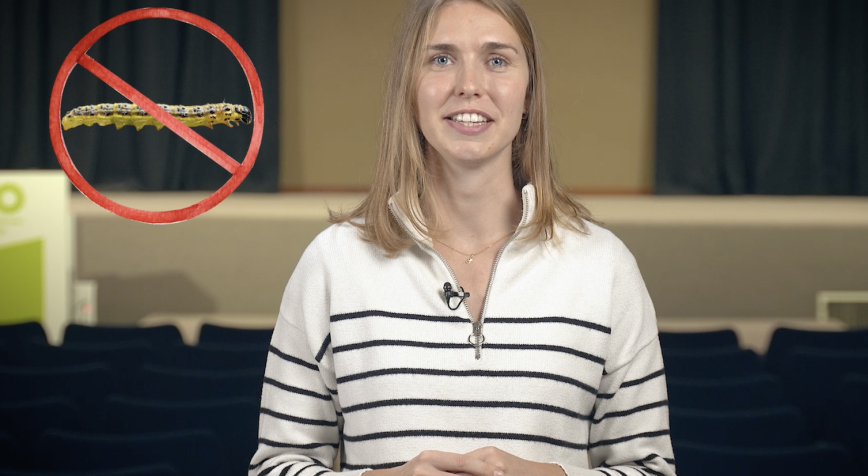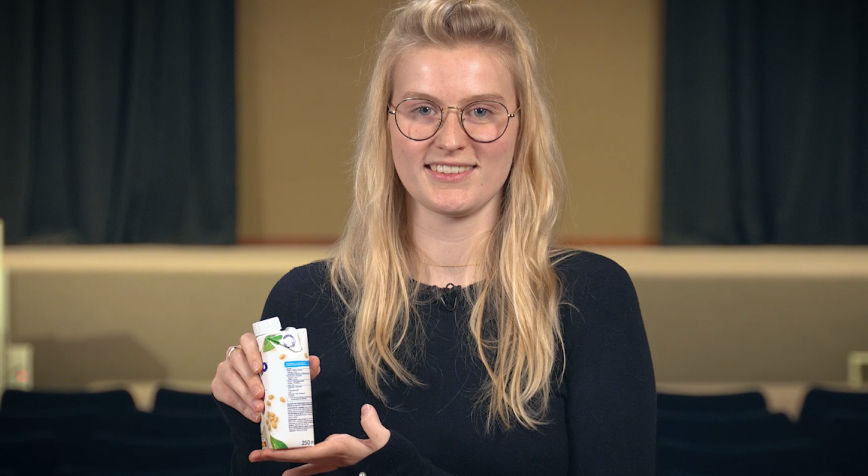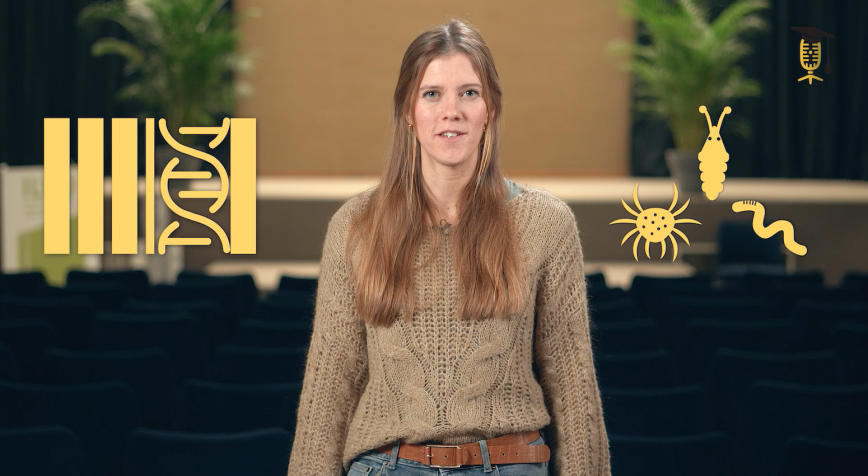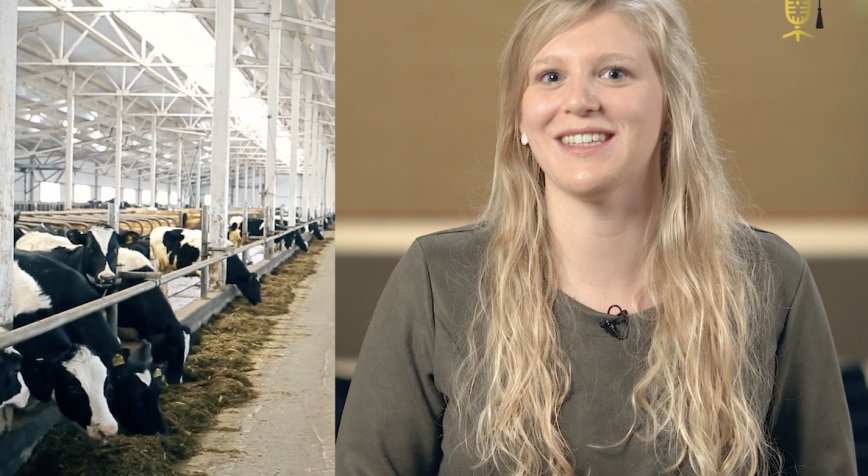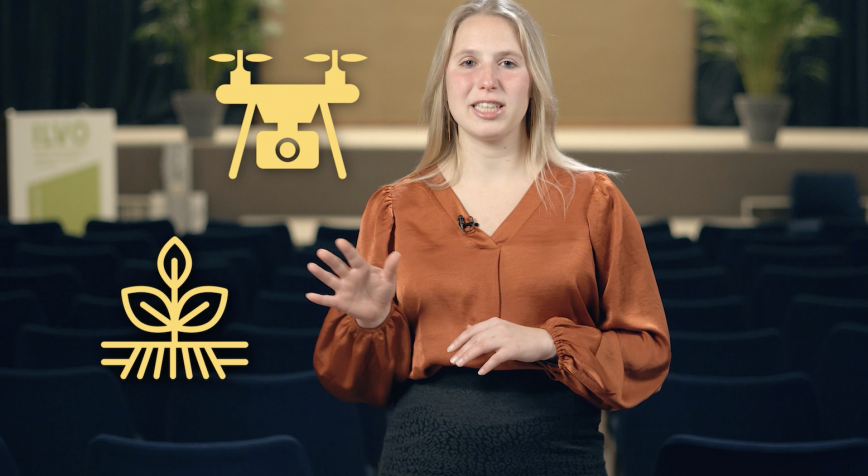Limiting the use of antibiotics in farms
To reduce the use of antibiotics on farms, we need to prevent animals from becoming sick as much as possible. This involves changing how farmers keep their animals, such as rethinking housing and transportation, adjusting their diet, and allowing young animals to stay with their mothers longer. However, these changes can be difficult for farmers because they might increase costs. Fanny Baudoin, a researcher from ILVO, spoke with farmers and others involved to understand these challenges. She aims to make recommendations on how to overcome these difficulties, helping us decrease the need for antibiotics on farms.
